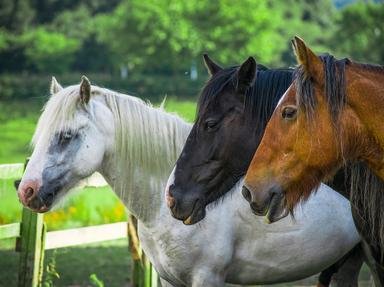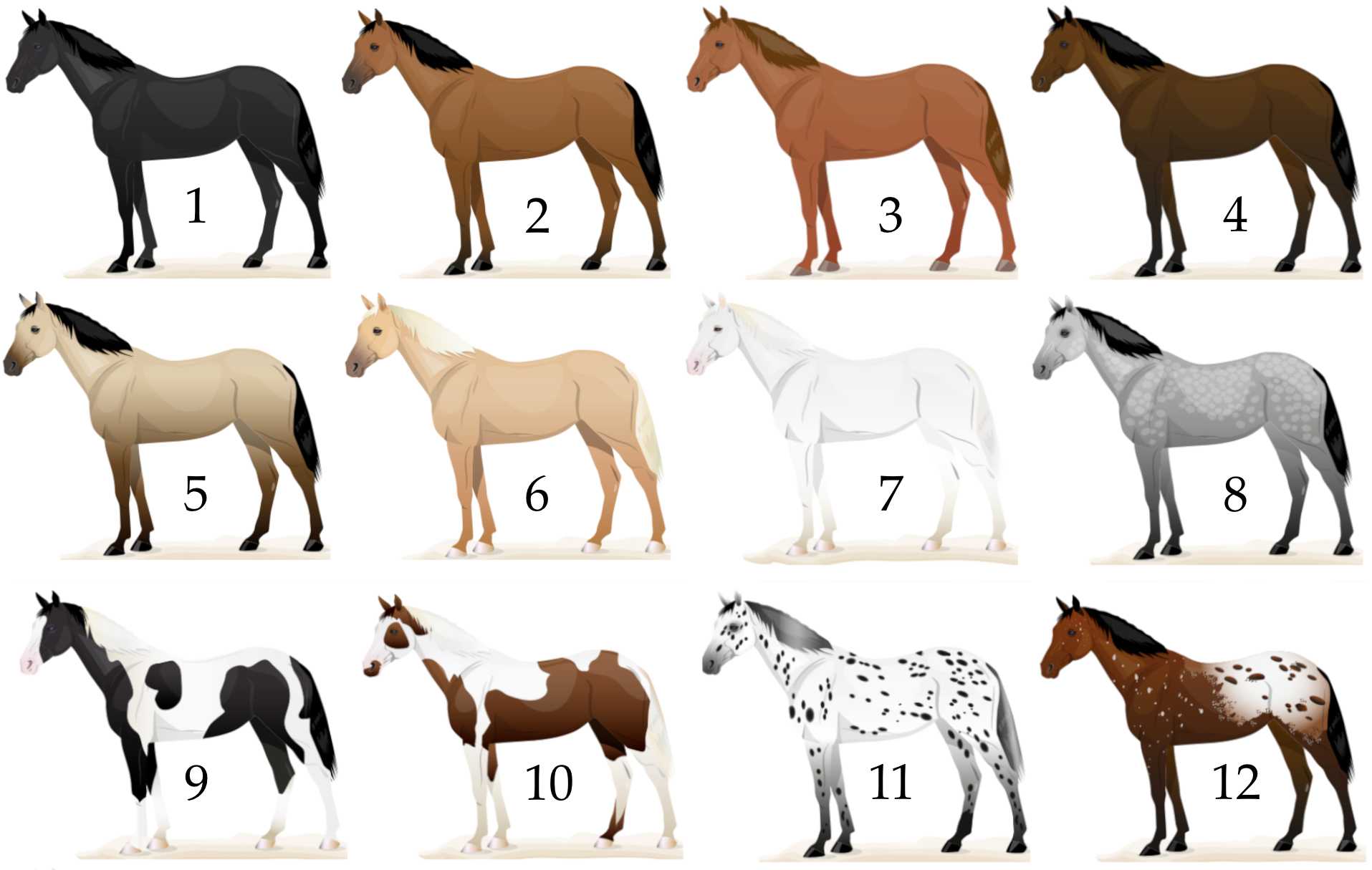
A Horse of Many Colors Trivia Quiz
Bay horse, gray horse, piebald, skewbald -- what does it all mean? See if you can sort it out! (We'll delve a little bit into the genetics of horse coat colors as well.)
A label quiz
by gracious1.
Estimated time: 3 mins.
- Home
- »
- Quizzes
- »
- Animal Trivia
- »
- Horses
- »
- Horse Colours
